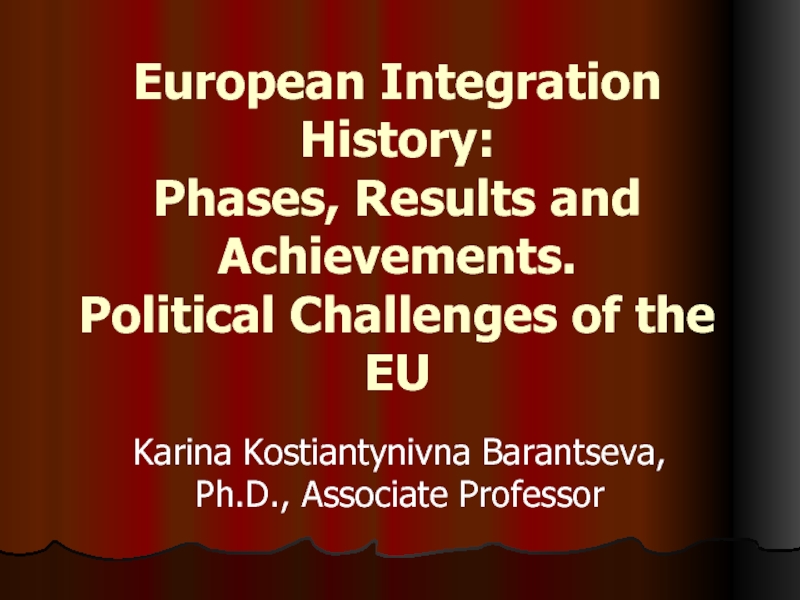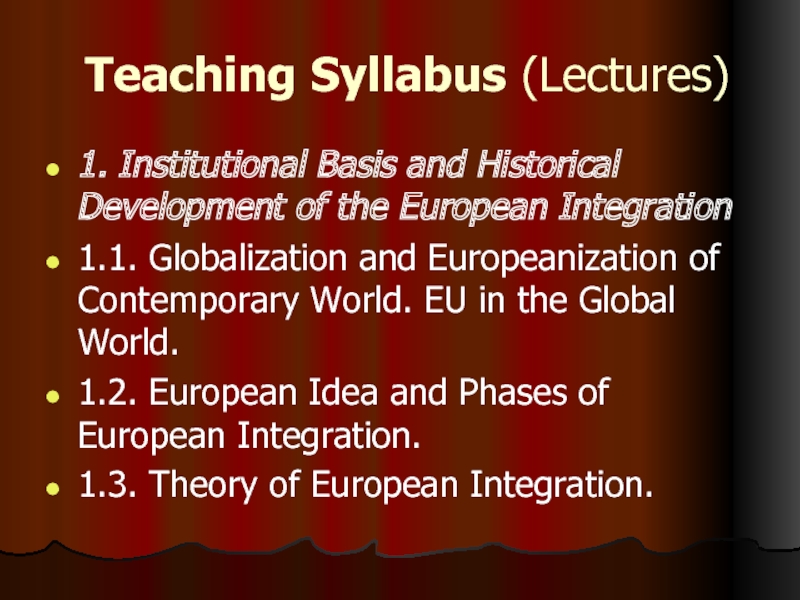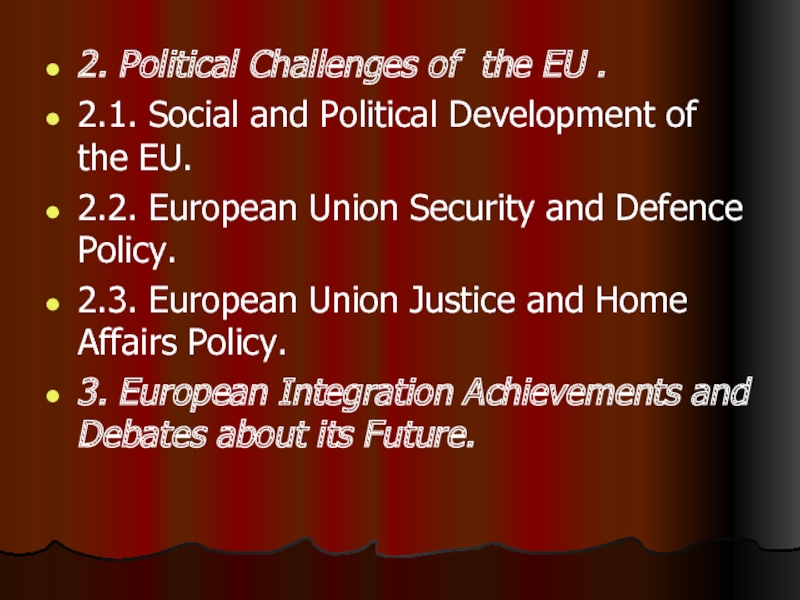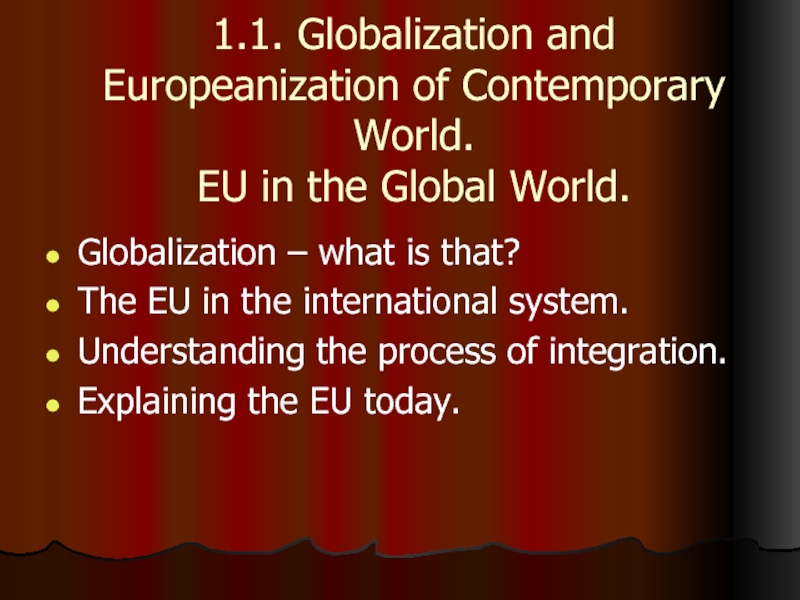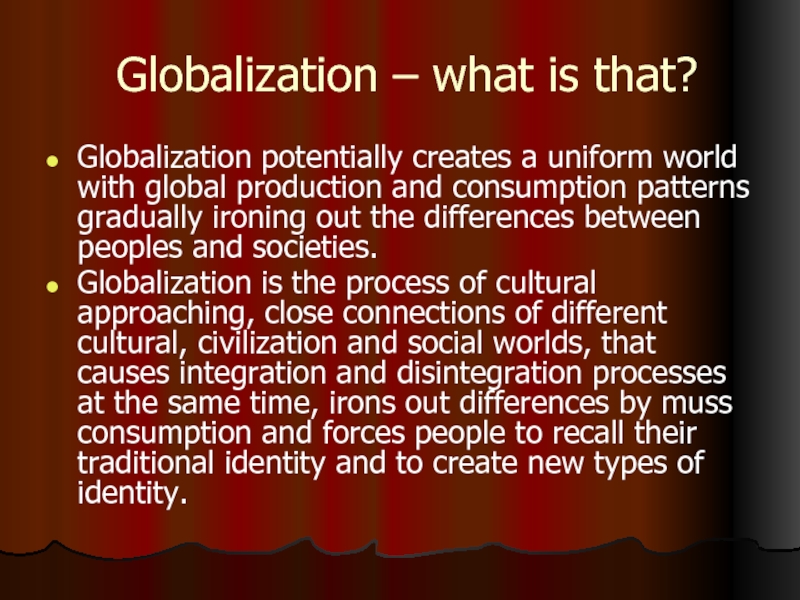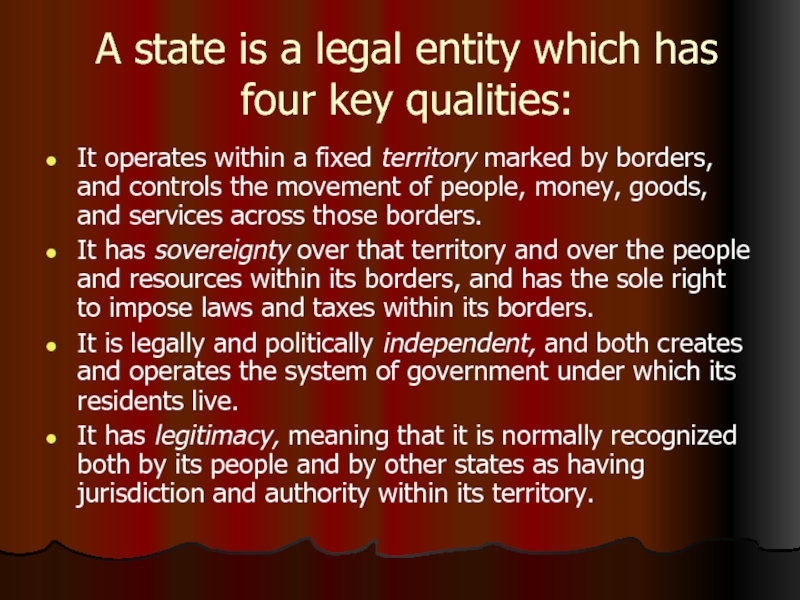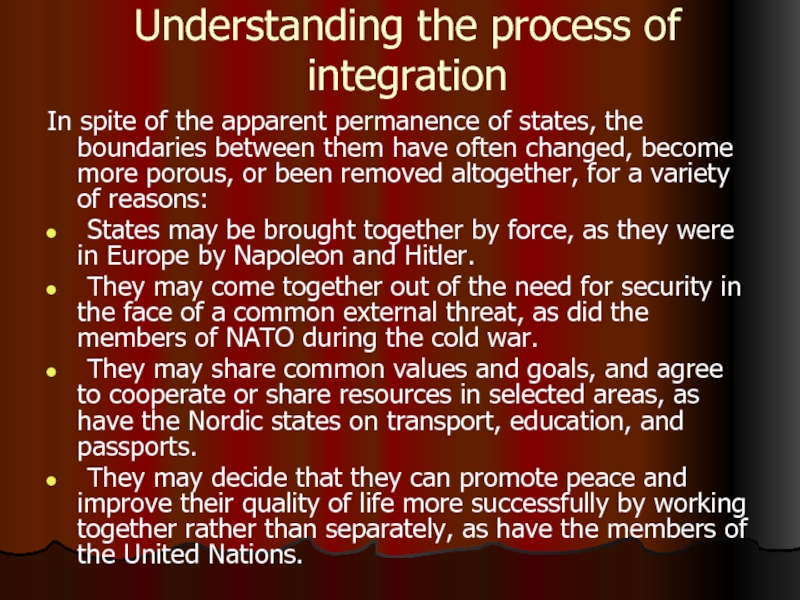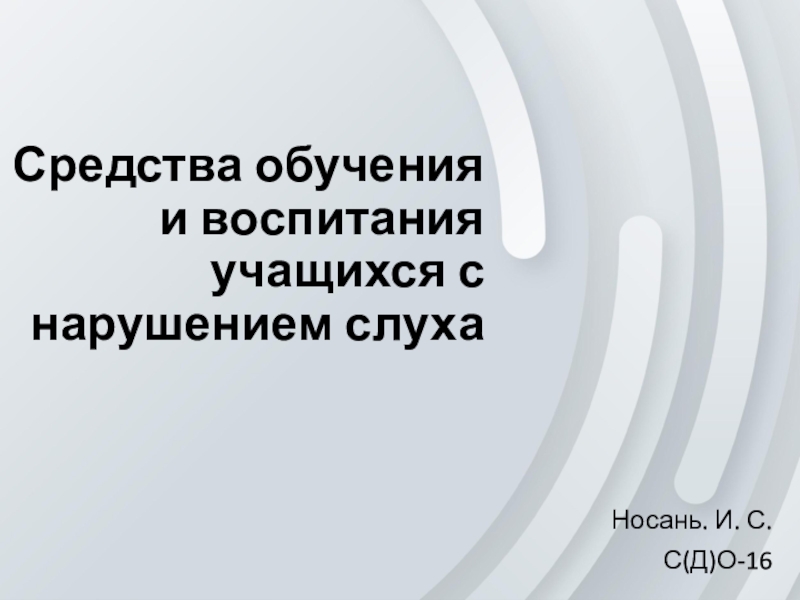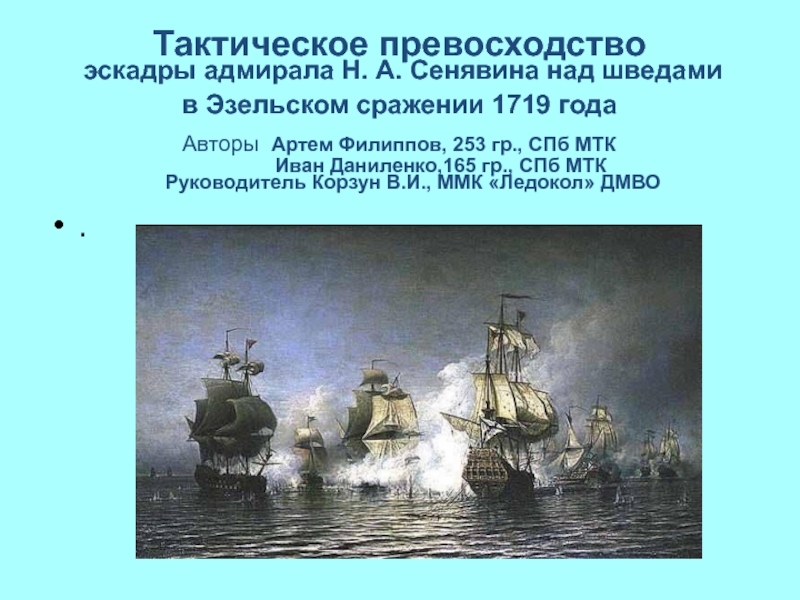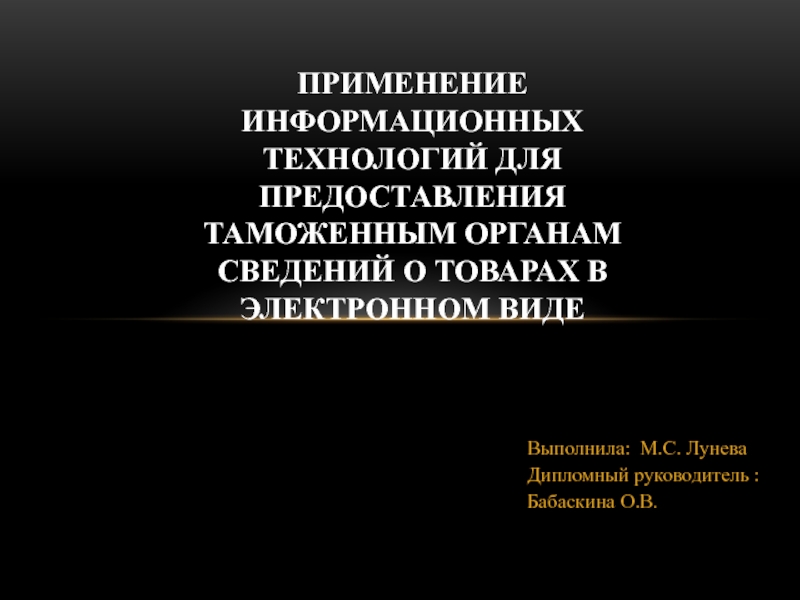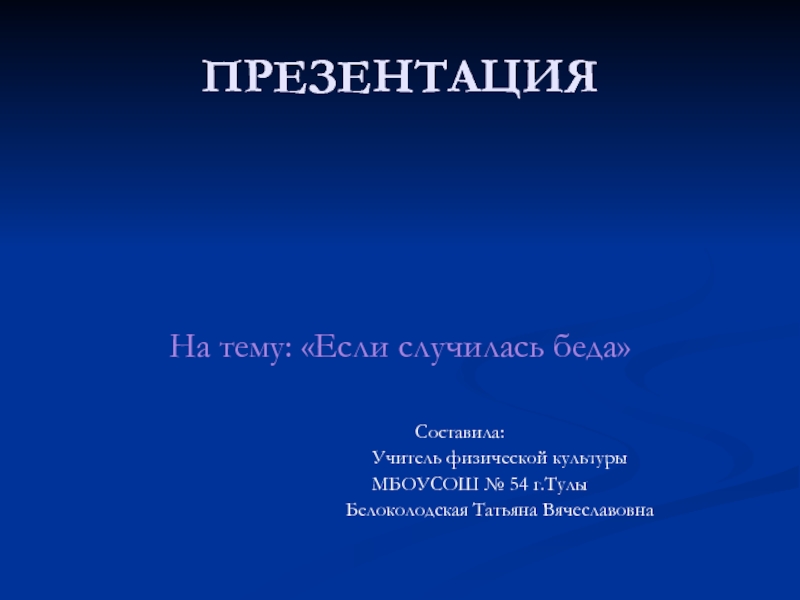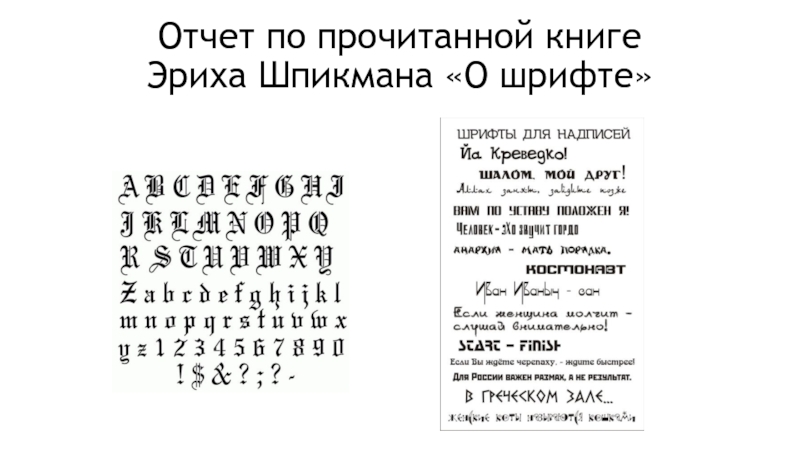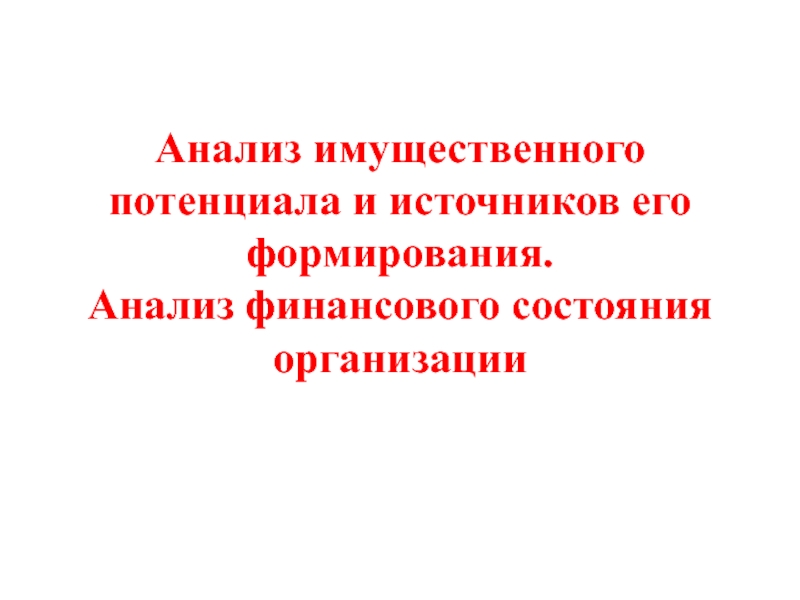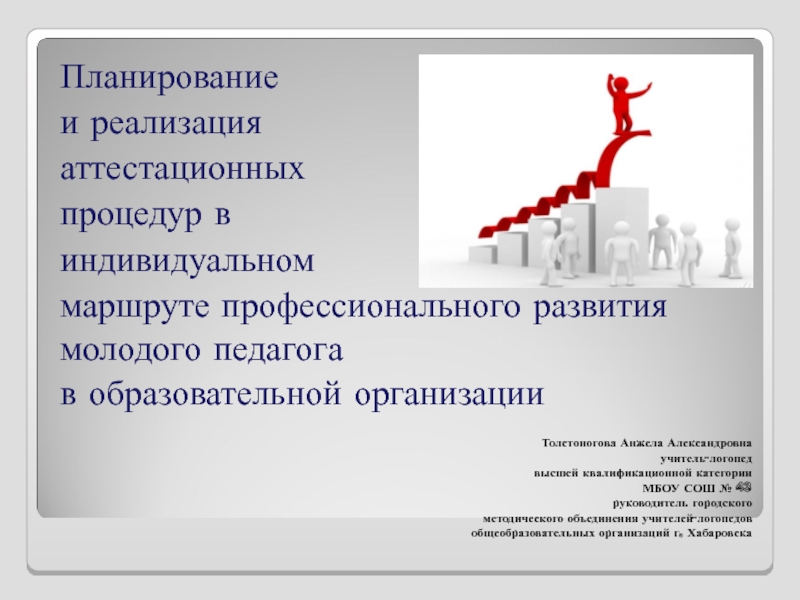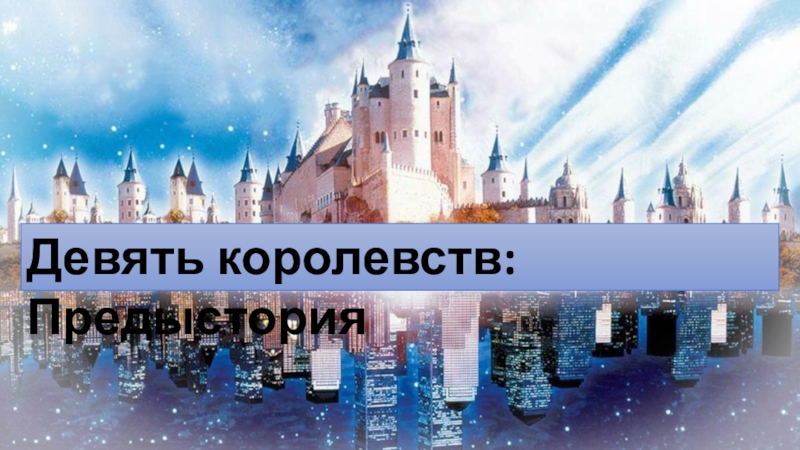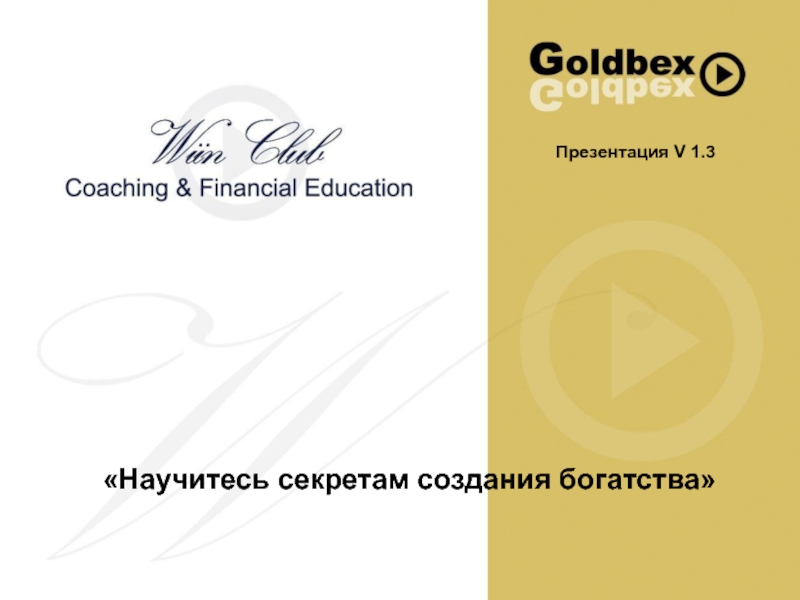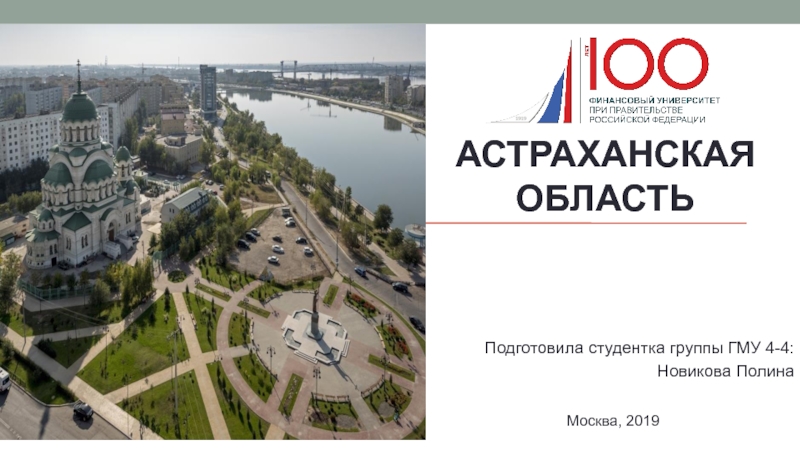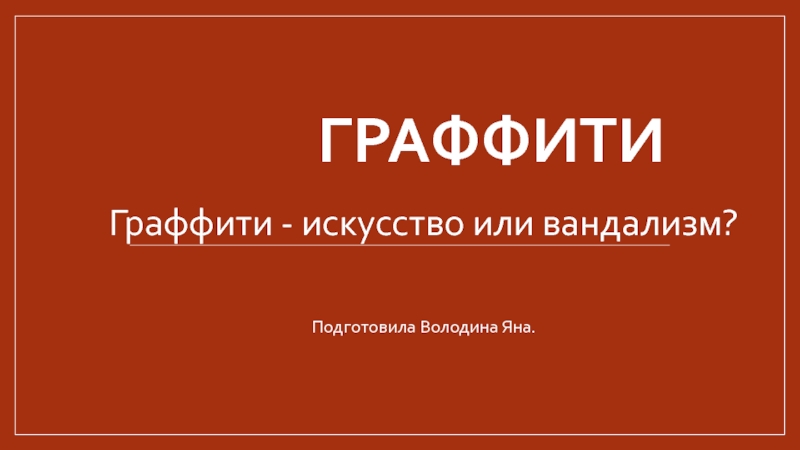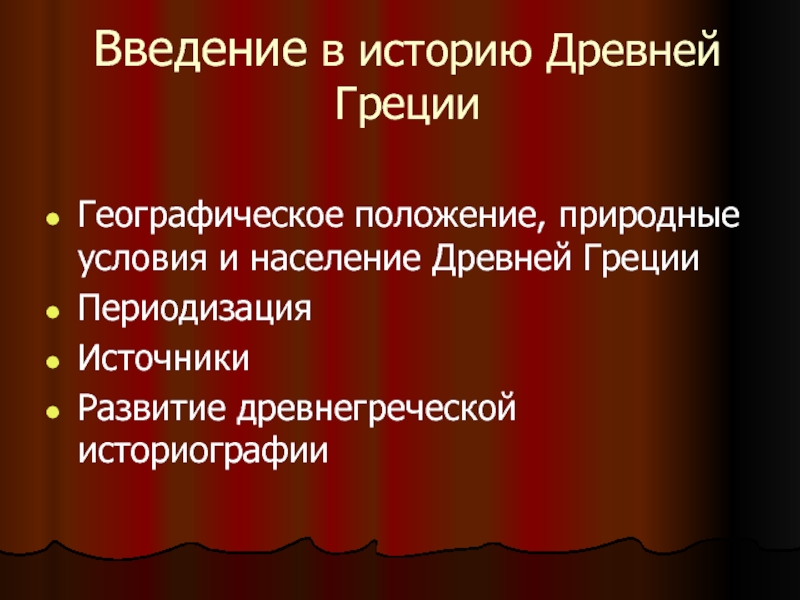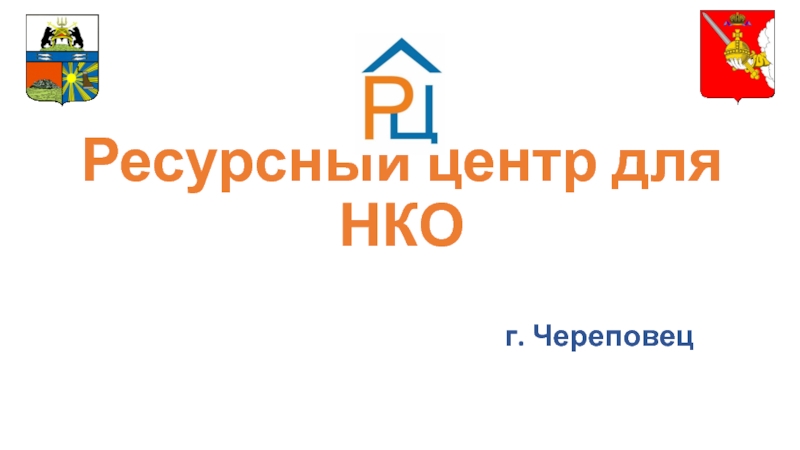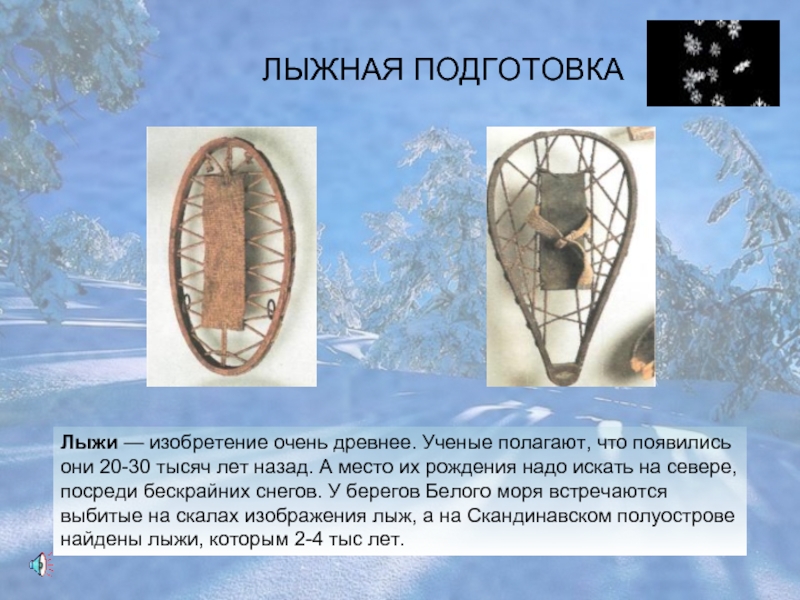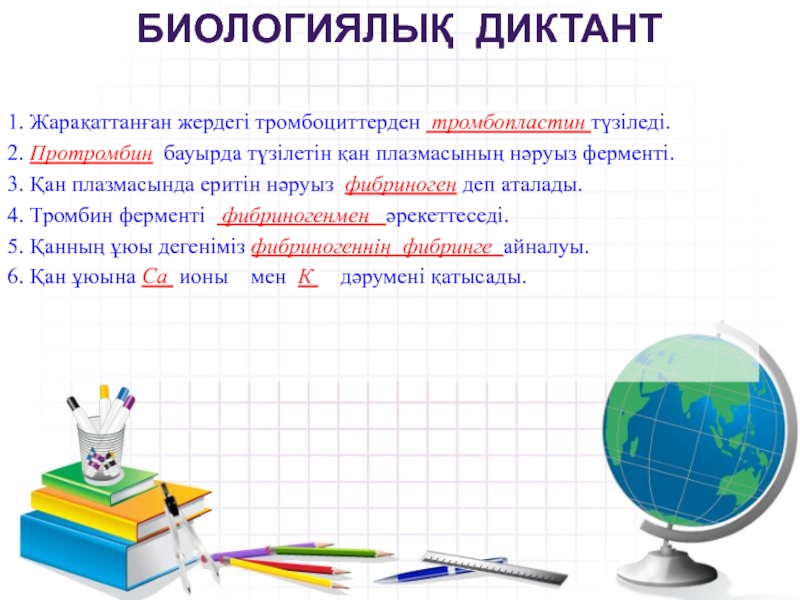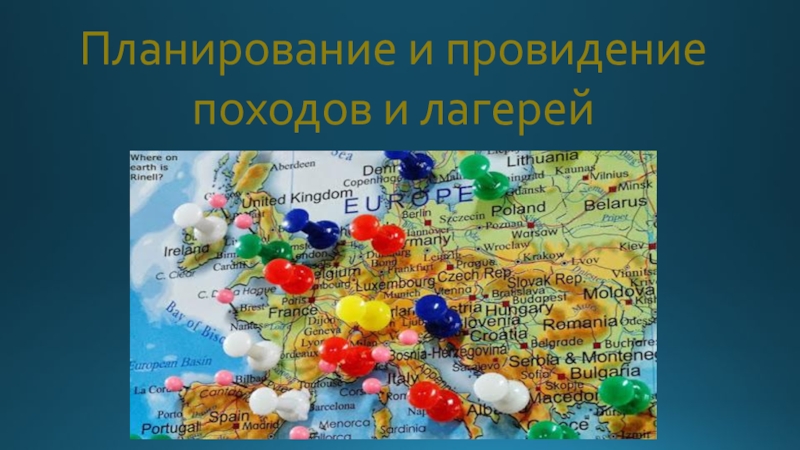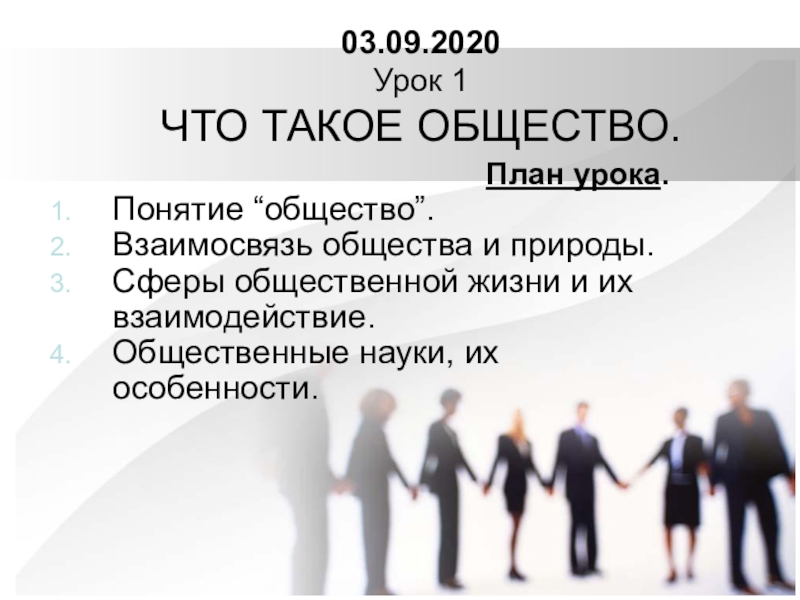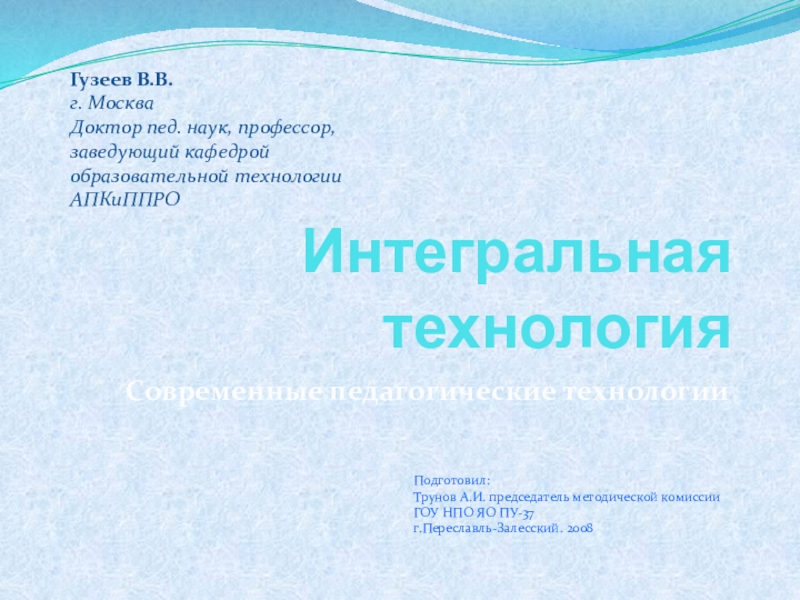Разделы презентаций
- Разное
- Английский язык
- Астрономия
- Алгебра
- Биология
- География
- Геометрия
- Детские презентации
- Информатика
- История
- Литература
- Математика
- Медицина
- Менеджмент
- Музыка
- МХК
- Немецкий язык
- ОБЖ
- Обществознание
- Окружающий мир
- Педагогика
- Русский язык
- Технология
- Физика
- Философия
- Химия
- Шаблоны, картинки для презентаций
- Экология
- Экономика
- Юриспруденция
European Integration History: Phases, Results and Achievements. Political
Содержание
- 1. European Integration History: Phases, Results and Achievements. Political
- 2. Teaching Syllabus (Lectures)1. Institutional Basis and Historical
- 3. 2. Political Challenges of the EU .2.1.
- 4. 1.1. Globalization and Europeanization of Contemporary World.
- 5. Globalization – what is that?Globalization potentially creates
- 6. A state is a legal entity which
- 7. Understanding the process of integrationIn spite of
- 8. Explaining the EU todayThe EU today sits
- 9. Скачать презентанцию
Teaching Syllabus (Lectures)1. Institutional Basis and Historical Development of the European Integration 1.1. Globalization and Europeanization of Contemporary World. EU in the Global World.1.2. European Idea and Phases of European Integration.1.3.
Слайды и текст этой презентации
Слайд 1European Integration History: Phases, Results and Achievements. Political Challenges of the EU
Слайд 2Teaching Syllabus (Lectures)
1. Institutional Basis and Historical Development of the
European Integration
1.1. Globalization and Europeanization of Contemporary World. EU
in the Global World.1.2. European Idea and Phases of European Integration.
1.3. Theory of European Integration.
Слайд 32. Political Challenges of the EU .
2.1. Social and Political
Development of the EU.
2.2. European Union Security and Defence Policy.
2.3.
European Union Justice and Home Affairs Policy.3. European Integration Achievements and Debates about its Future.
Слайд 41.1. Globalization and Europeanization of Contemporary World. EU in the Global
World.
Globalization – what is that?
The EU in the international system.
Understanding
the process of integration.Explaining the EU today.
Слайд 5Globalization – what is that?
Globalization potentially creates a uniform world
with global production and consumption patterns gradually ironing out the
differences between peoples and societies.Globalization is the process of cultural approaching, close connections of different cultural, civilization and social worlds, that causes integration and disintegration processes at the same time, irons out differences by muss consumption and forces people to recall their traditional identity and to create new types of identity.
Слайд 6A state is a legal entity which has four key
qualities:
It operates within a fixed territory marked by borders, and
controls the movement of people, money, goods, and services across those borders.It has sovereignty over that territory and over the people and resources within its borders, and has the sole right to impose laws and taxes within its borders.
It is legally and politically independent, and both creates and operates the system of government under which its residents live.
It has legitimacy, meaning that it is normally recognized both by its people and by other states as having jurisdiction and authority within its territory.
Слайд 7Understanding the process of integration
In spite of the apparent permanence
of states, the boundaries between them have often changed, become
more porous, or been removed altogether, for a variety of reasons:States may be brought together by force, as they were in Europe by Napoleon and Hitler.
They may come together out of the need for security in the face of a common external threat, as did the members of NATO during the cold war.
They may share common values and goals, and agree to cooperate or share resources in selected areas, as have the Nordic states on transport, education, and passports.
They may decide that they can promote peace and improve their quality of life more successfully by working together rather than separately, as have the members of the United Nations.
Слайд 8Explaining the EU today
The EU today sits somewhere along the
continuum between an international organization and a state, and has
been moving away from the former and closer to the latter. But just where it sits on that continuum has been a matter for intense debate:It has many of the typical features of an international organization, in that membership of the EU is voluntary, the balance of sovereignty lies with the member states, decision making is consultative, and the procedures used to direct the work of the EU are based on consent rather than compulsion.
It also has many of the typical features of a state: it has internationally recognized borders, there is a European system of law to which all member states are subject, it has authority that impacts the lives of Europeans, the balance of responsibility and power in many policy areas has shifted to the European level, and in some areas - such as trade - the EU functions as a unit, has become all but sovereign, and is recognized by other states as a legitimate player.
